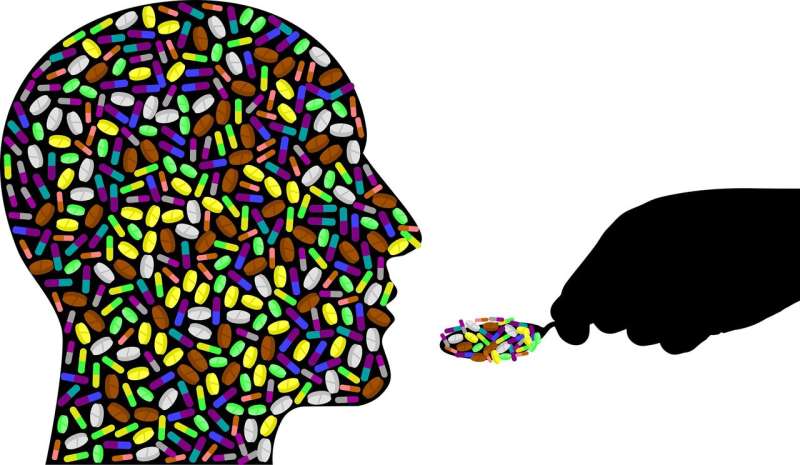what are the tricor and zettia

Fatal drug overdoses—two-thirds of which involve opioids—have increased dramatically during the COVID-19 pandemic. The CDC recently reported that overdose deaths have surged to 81,000 over a 12-month period.
Treatment for opioid use disorder—ideally a combination of medication and behavioral therapy—is the key to improving the odds for recovery from addiction to heroin and prescription opioids. But relapsing after treatment remains a persistent challenge.
A new USC study finds that risk factors for relapse following treatment for opioid use disorder vary significantly by gender, a discovery that may result in better targeted treatment with lasting results.
The study, recently published in the journal Addiction, is the first to use machine learning techniques to process large data sets and identify risk factors for relapse.
Age among major opioid relapse risk factors for both genders
Researchers found the greatest risk factors for women who relapsed were withdrawal symptoms, depression and post-traumatic stress disorder. For men, the most significant risk factors included multiple substance use disorders and a history of conduct disorder, a behavioral disorder in which the basic rights of others or rules are violated.
Younger age was identified as a major risk factor for both men and women relapsing.
“These results suggest that women would particularly benefit from treatments that aggressively address withdrawal symptoms with appropriate medications and cognitive-behavioral approaches,” said lead author Jordan Davis, buy buspar canadian pharmacy no prescription an assistant professor at the USC Suzanne Dworak-Peck School of Social Work and associate director of the USC Center for Artificial Intelligence in Society.
“In contrast, men would likely benefit most from cognitive-behavioral and mutual-help interventions that directly target substance use behaviors and support the development of pro-social behaviors.”
The study authors say future relapse prevention treatment research should explore ways to mitigate these specific and different vulnerabilities for men and women. In addition, they believe machine learning approaches should be more widely integrated into addiction research to better understand the complexities of how demographic, psychological and behavioral variables may increase the odds of relapse.
“Our approach allowed us to look at different trajectories of relapse. We’re able to show, for example, if you’re an adolescent female who has high criminal justice involvement, this is your risk of relapse,” said study author John Prindle, research assistant professor at the USC Suzanne Dworak-Peck School of Social Work.
“Ultimately, machine learning is the future of modeling and understanding data in addiction science.”
Using machine learning to uncover risk factors and improve treatment
The scientists wanted to find a way to improve treatments for opioid use disorder by exploring the individual factors most strongly associated with relapse after treatment. They followed 1,100 individuals in more than 100 substance use treatment sites across the United States for over a year, checking in at three, six and 12 months after discharge from a treatment facility. About half of the participants—55.1% of women and 51.5% of men—used an opioid at least once during the one-year observation window.
The researchers analyzed more than 30 predictors of opioid relapse using machine learning approaches. They found that for women, greater withdrawal, depression, conduct disorder symptoms, diagnosis of post-traumatic stress disorder and younger age are the greatest risk factors for opioid use following treatment. For men, younger age, greater conduct disorder symptoms, multiple substance use disorders and greater substance use-related problems confer the most risk of relapse.
Source: Read Full Article
